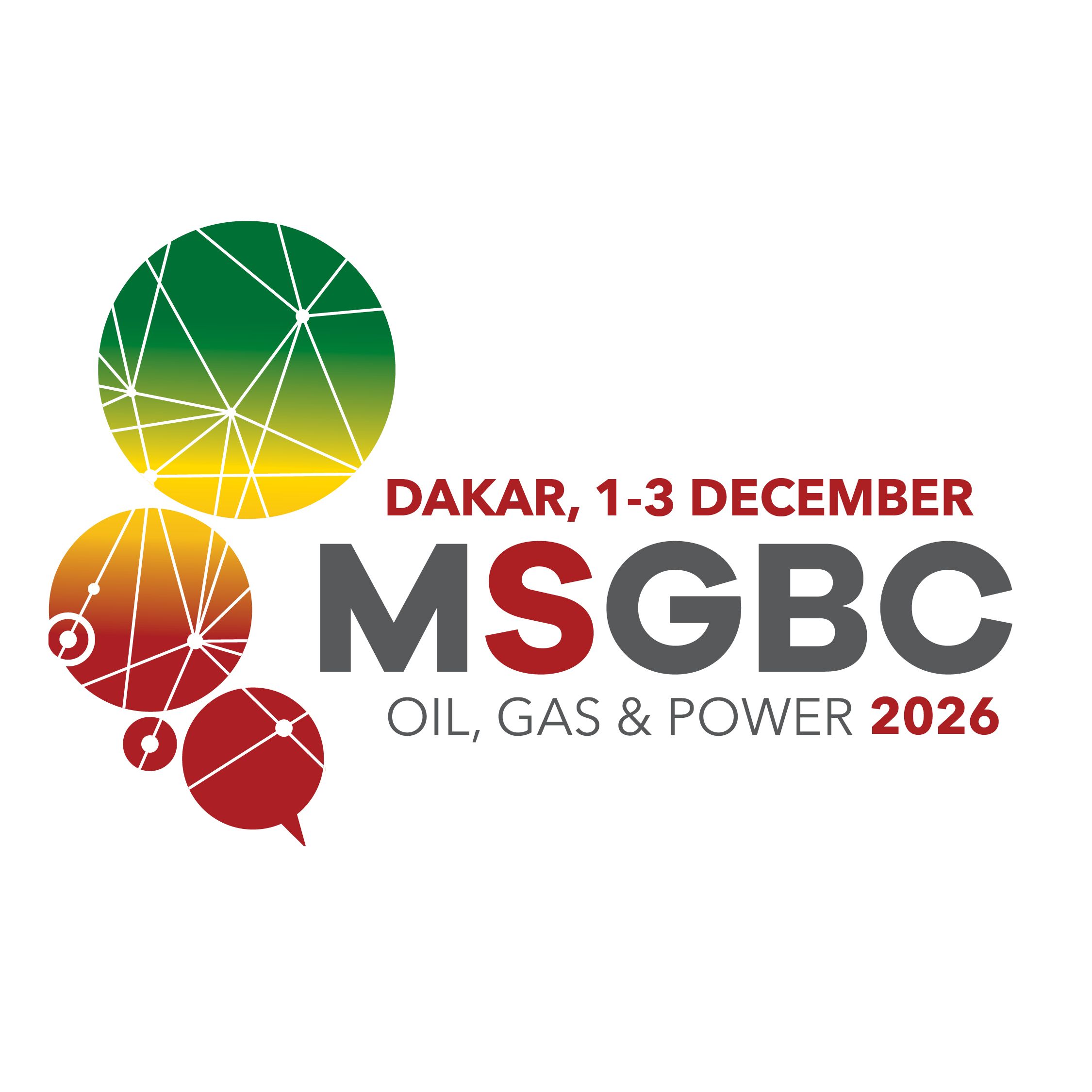Top 5 Infrastructure Projects to Watch in The Gambia
)
The Gambia is embarking on an ambitious infrastructure expansion from 2025 to 2027, with landmark projects aimed at improving connectivity, boosting trade and enhancing climate resilience. Backed by World Bank financing, public-private partnerships and national development initiatives, these projects are set to transform the country’s transport, energy, port and agricultural sectors.
Port of Banjul Expansion and New Deep-Sea Port
A major public-private partnership is underway to modernize The Gambia’s port infrastructure. In July 2025, the foundation stone was laid for a new deep-sea port in Sanyang, designed to handle larger vessels and expand regional trade. At the same time, the existing Port of Banjul is being upgraded to increase container capacity. The 30-year build–operate–manage–transfer concession is expected to significantly boost cargo throughput and operational efficiency.
National Development Plan (NDP) Road Expansion – Phase 3
In June 2025, President Adama Barrow launched the third phase of The Gambia’s national road expansion program under the NDP. This phase prioritizes rural connectivity to stimulate trade and economic inclusion. The government has committed to constructing an additional 150 km of roads in 2025, improving market access for agricultural producers and linking remote communities to national markets.
The Gambia Infrastructure Project
Approved by the World Bank in May 2025, this $52.6-million project forms a cornerstone of The Gambia’s infrastructure strategy. It focuses on developing climate-resilient transport and energy systems to serve both urban and rural populations. The initiative includes constructing 60 km of new roads, upgrading 150 km to all-season standards and connecting 80 rural communities to the national electricity grid.
OIC-Funded Roads and Urban Infrastructure
The Gambia continues to advance its Organization of Islamic Cooperation-funded urban infrastructure projects. These include the expansion of the Bertil Harding Highway, featuring new overpass bridges and roundabouts to enhance traffic flow in the Greater Banjul Area. The project also encompasses the construction of 20 new urban roads with modern lighting and drainage systems, marking a major upgrade in the capital’s infrastructure.
Agricultural Transformation and Rural Infrastructure
To strengthen food security and drive sustainable growth, the government is investing in agricultural transformation initiatives focused on irrigation, mechanization and climate adaptation. Programs such as ROOTS are supporting the development of modern irrigation systems and rural infrastructure, improving productivity and resilience among smallholder farmers while promoting sustainable land management.
The Gambia’s 2025–2027 infrastructure agenda aligns with broader regional growth opportunities that will be explored at the MSGBC Oil, Gas & Power 2025 Conference and Exhibition, taking place in Dakar from December 9–10, 2025. Together, these initiatives highlight the country’s commitment to resilient development, trade facilitation and energy access – positioning The Gambia as a strategic partner in West Africa’s evolving energy and industrial landscape.
Explore opportunities, foster partnerships and stay at the forefront of the MSGBC region’s oil, gas and power sectors. Visit www.msgbcoilgasandpower.com to secure your participation at the MSGBC Oil, Gas & Power 2025 conference. To sponsor or participate as a delegate, please contact sales@energycapitalpower.com.

